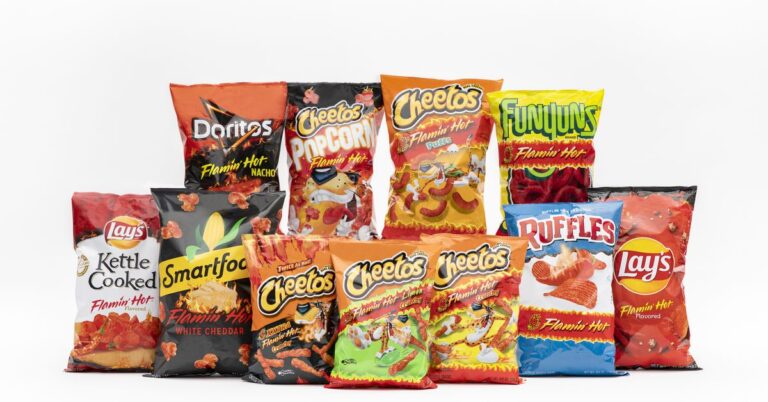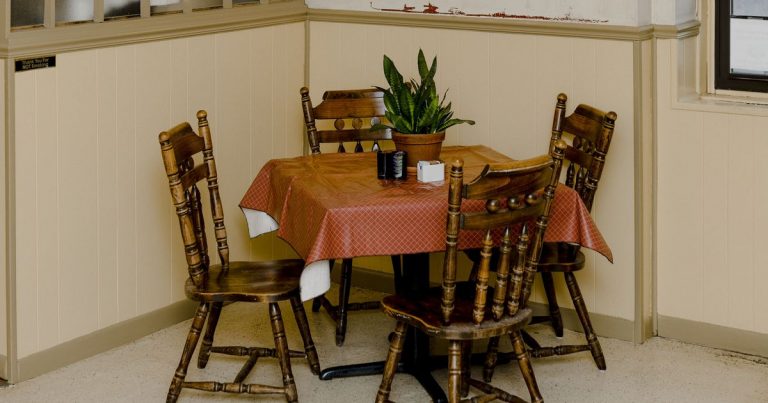Restaurant Trend: Blooming Onions With a Twist
New Year’s Eve at Cozy Royale called for caviar. So the Brooklyn restaurant put a mound of it on fried whole onions — sliced, splayed, and blooming. “Every single table ordered it; [so] we decided to keep it,” says owner Brent Young (who’s also a co-host of Eater’s video series Prime Time). More familiar than it is fancy, the blooming onion is an obvious fit on Cozy Royale’s menu of steak and spinach artichoke dip, and an easy sell at $15, paddlefish caviar included.
Battered, fried onions, with their segments fanned out like flowers, have long had a spot in America’s heart. Or at least they have since around 1988, when Outback Steakhouse trademarked the phrase “bloomin’ onion.” (The chain’s parent company is aptly named Bloomin’ Brands.) Chili’s countered with the “Awesome Blossom” in 1990, and Lonestar Steakhouse unveiled its “Texas Rose” in 2000, according to MEL Magazine’s dive into the dish’s origins. Flowering onion blooms are also a staple of fairs, where onions are among the tamer things hitting the fryer.
In recent years, new takes on the format are steadily popping up in restaurants across the country. The flowering onions don’t stray too far from their roots at Patti Ann’s, a homey reimagining of the Midwest in Brooklyn, or at Ronnie’s, which brings riffs on standard chain restaurant menus to LA. D.C.’s Pogiboy takes more liberties, borrowing flavors from sinigang, a tamarind soup from the Philippines, serving it with crab fat mayo. Whether with straight-from-the-’90s styling or a more experimental twist, these new blooming onions are a highbrow-lowbrow wonder. They exist somewhere between comfort food and stunt food, present and past — and, bonus, you can eat them with your hands.
Chef Mei Lin, who now owns Daybird, laid the groundwork for the current trend when she put a blooming onion on the menu at her now-closed LA restaurant Nightshade back in 2019. With this, Lin made the blooming onion “relevant,” according to LA Magazine. Inspired by the flavors of tom yum soup, it was dusted in a powdered mix of lime leaf, lemongrass, and tamarind, and served with a coconut ranch dipping sauce. She chose it as a conversation piece, meant to call back the ones she shared with friends while growing up in the Detroit area. “It is something so interactive and fun and really down to earth — you know, doing something very lowbrow,” Lin says. On some nights, there was an onion on every table at Nightshade, she recalls.
Alas, she had to take it off the menu after two or three months. “It just ended up being too crazy,” Lin says. She and the staff would have to pick through cases of onions, finding the ones with the not-too-round shape that ensures they’ll lay flat on the dish, and then cut them by hand (an industrial-grade “flowering onion cutter” can be an investment). With up to 40 orders a night, those onions took up fryer space, and the price couldn’t quite reflect all the work. “You can’t charge more than $20 for that kind of dish,” she says. A single onion only costs so much, after all. “Ultimately it just wasn’t worth it to have on the menu.”
More recently, in New York’s Hudson Valley, Lil’ Deb’s Oasis added a blooming onion to the menu. Featuring pickled daikon radish and Fresno chiles and a bonito aioli, “it feels like you’re eating okonomiyaki in the textures and flavors,” says chef-owner Carla Perez-Gallardo. Inspiration struck when Perez-Gallardo went to the Columbia County fair last summer. They didn’t go to fairs often growing up, so fair food in all its golden glory had a “special mystical quality,” they explain. The blooming onion stood out as particularly beautiful. “I came back and was like, let’s do that,” Perez-Gallardo says.
For both cooks and diners, the format has the inescapable lure of nostalgia. No matter how these new versions diverge from the originals, flowering onions still conjure memories of childhood fairs and high school trips to suburban Outbacks. Nostalgia, researchers have posited, holds particular appeal during times of crisis. When so much is up in the air, the blooming onion is comforting in its familiarity. The same ’90s nostalgia wave has brought espresso martinis, sun-dried tomatoes, and even Dunkaroos back onto menus and grocery store shelves. Yet despite the familiarity of the concept, seeing a fried onion flower on a hip restaurant menu still feels novel.
At Lil’ Deb’s, Perez-Gallardo occasionally overhears tables saying, “We have to get the blooming onion.” In addition to an onion slicer, the restaurant had to get a second fryer “to make my blooming onion dreams come true,” Perez-Gallardo says. They’re worried about being able to keep up as the restaurant picks up, however. Requiring more time and precision, the dish is “a delicate fried object,” they say. Currently, a busy night at Lil’ Deb’s results in around 35 orders of onions — a lot for a restaurant its size — but the busier summer season will be the real test.
There’s an even more obvious answer to the blooming onion’s renewed appeal: People are increasingly dining and gathering in groups again, and a big fried onion is better suited for sharing than eating solo. “It’s freaking fun,” Young says. “The world needs to have some fun.”





